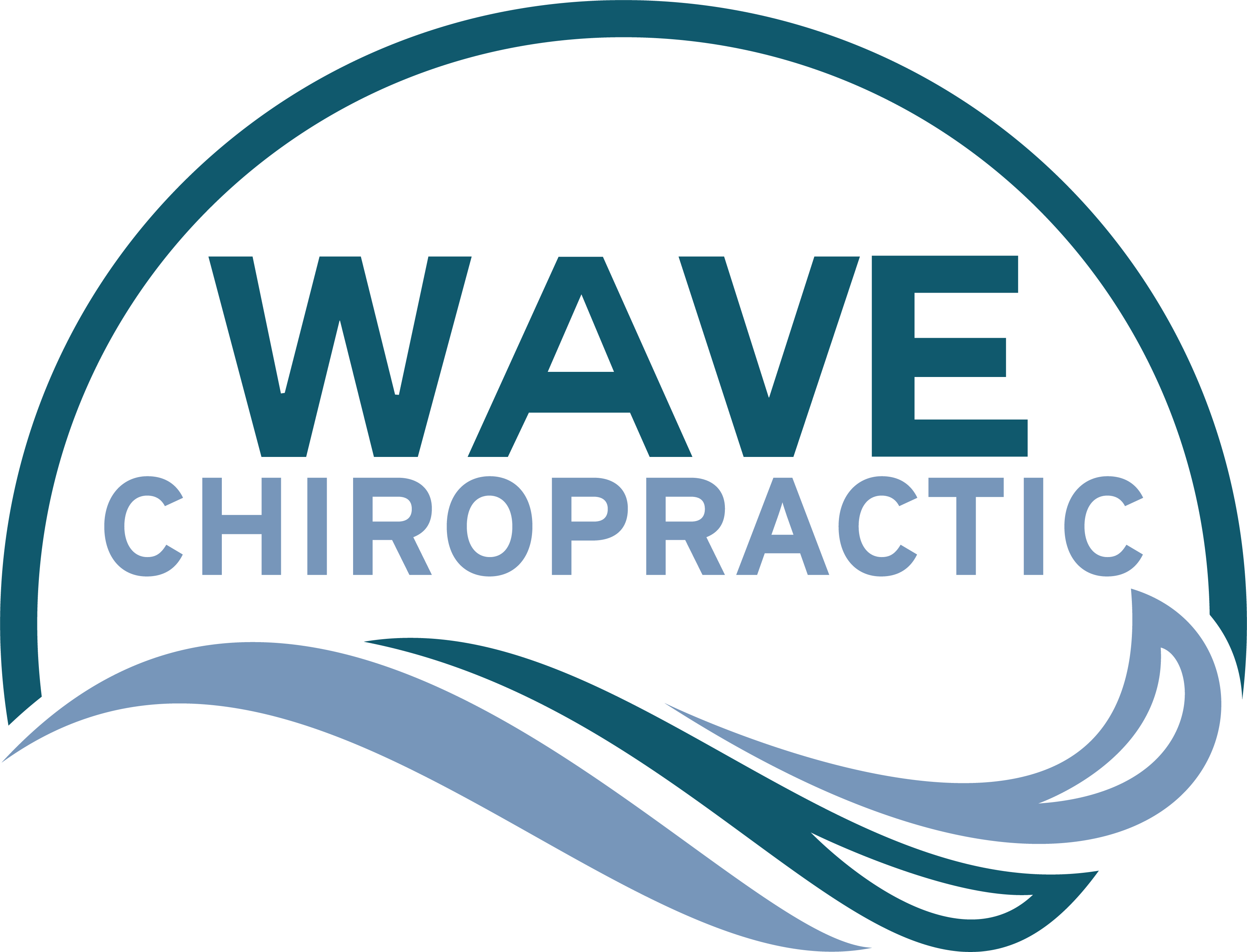If you're living with arthritis pain, you know how challenging it can be to find effective relief. You might have tried various methods, but have you considered the gentle power of mindful experiences? Techniques like gentle yoga and Tai Chi can offer more than just physical benefits; they can also enhance your emotional well-being. By integrating movement with activities that bring you joy, you could discover new ways to ease discomfort. What's more, connecting with others who share similar challenges might just open doors to insights you haven't yet explored.
Understanding Arthritis Pain
Arthritis pain can feel like a relentless storm, disrupting your daily life and making even simple tasks seem intimidating. Understanding this pain is the first step toward finding relief. Arthritis affects your joints, causing inflammation, stiffness, and discomfort. You might experience sharp pain during movement or a dull ache at rest, and these sensations can vary in intensity from day to day.
There are two main types of arthritis: osteoarthritis and rheumatoid arthritis. Osteoarthritis usually develops over time due to wear and tear on the joints, while rheumatoid arthritis is an autoimmune disorder where your immune system mistakenly attacks the joints. Knowing which type you have is vital, as it guides your approach to managing pain.
Additionally, you might notice that certain activities or weather changes exacerbate your pain. Keeping a journal can help you identify patterns and triggers, allowing you to make adjustments to your routine. For instance, if you realize that cold, damp days increase your discomfort, you can prepare by dressing warmly or planning indoor activities.
It's also essential to recognize that arthritis pain isn't just physical. Emotional and mental aspects are equally important. The frustration and anxiety stemming from chronic pain can affect your overall well-being. Acknowledging these feelings is part of understanding your condition and can pave the way for more effective coping strategies.
Mindful Movement Techniques
Finding relief from arthritis pain often involves integrating mindful movement techniques into your daily routine. These techniques focus on awareness of your body and its movements, helping you manage pain while improving flexibility and strength.
One effective approach is gentle yoga. By practicing specific poses, you can enhance your range of motion and reduce stiffness. Remember to listen to your body; if something doesn't feel right, modify the pose or skip it altogether.
Another beneficial technique is Tai Chi. This ancient Chinese practice combines slow, deliberate movements with deep breathing and mental focus. As you perform the flowing motions, you'll cultivate a sense of calm and relaxation, which can greatly reduce your perception of pain.
Try to practice Tai Chi in a quiet space, allowing your mind to fully engage with the movements.
Walking mindfully also helps. Instead of rushing through your daily stroll, pay attention to each step, the feeling of your feet on the ground, and your breath. This awareness can transform a simple walk into a restorative experience, easing both physical and mental tension.
Additionally, consider incorporating stretching routines into your day. Simple stretches can improve circulation and decrease muscle tension, which often contributes to arthritis pain.
Focus on areas that feel tight, holding each stretch for 15-30 seconds while breathing deeply.
Natural Remedies and Supplements
In addition to mindful movement techniques, exploring natural remedies and supplements can further enhance your arthritis pain relief journey. Many people find that integrating these options into their routine offers additional comfort and support.
One popular natural remedy is turmeric, which contains curcumin. This compound has anti-inflammatory properties that may help reduce joint pain. You can add turmeric to your meals or take it in supplement form.
Similarly, ginger has been shown to ease inflammation and may provide relief from arthritis symptoms. You can brew ginger tea or incorporate fresh ginger into your dishes.
Another option is omega-3 fatty acids, found in fish oil supplements. These fatty acids have been linked to reduced joint stiffness and pain. Consider taking a high-quality omega-3 supplement or increasing your intake of fatty fish like salmon and mackerel.
You might also explore the benefits of boswellia, an herbal extract known for its anti-inflammatory effects. Some studies suggest it can improve joint function and decrease pain.
Glucosamine and chondroitin supplements are also popular among arthritis sufferers, as they may help support joint health and slow cartilage breakdown.
Lastly, don't underestimate the power of heat and cold therapy. While not a supplement, using warm compresses or ice packs can provide immediate relief from pain and swelling.
Always consult your healthcare provider before starting any new supplements to verify they're appropriate for your specific situation.
Dietary Considerations for Relief
Sometimes, the foods you eat can greatly impact your arthritis symptoms. Making smart dietary choices can help you manage inflammation and reduce pain. Here's how to adjust your diet for better relief:
- Incorporate Omega-3 Fatty Acids: Foods rich in omega-3s, like fatty fish (salmon, mackerel) and walnuts, can help reduce inflammation. Aim for at least two servings of fatty fish each week.
- Increase Antioxidant-Rich Foods: Fruits and vegetables high in antioxidants, such as berries, spinach, and kale, can combat oxidative stress. Try to fill half your plate with colorful produce at every meal.
- Limit Processed Foods: Foods high in sugar and unhealthy fats can worsen inflammation. Avoid processed snacks, sugary drinks, and fast food. Instead, focus on whole, unprocessed foods to nourish your body.
- Stay Hydrated: Drinking plenty of water is essential for joint health. Aim for at least 8 glasses a day, or more if you're active. Proper hydration can help keep your joints lubricated and reduce stiffness.
Emotional Well-being and Support
Managing arthritis isn't just about physical health; your emotional well-being plays a considerable role in how you cope with pain and inflammation. When you're dealing with chronic pain, it's easy to feel overwhelmed, anxious, or even depressed. Recognizing these feelings is the first step toward finding the support you need.
Connecting with others who understand what you're going through can make a world of difference. Consider joining support groups, either in-person or online. Sharing experiences and tips with others can lighten the emotional load and provide practical advice. You'll find that you're not alone in this journey, which can be incredibly comforting.
Don't underestimate the power of professional help, either. A therapist or counselor can guide you through your emotional struggles, helping you develop coping strategies tailored to your situation. Mindfulness techniques, such as meditation or deep-breathing exercises, can also help you stay grounded and manage stress.
Additionally, engage in activities that bring you joy, whether it's painting, gardening, or watching your favorite shows. These moments of happiness can considerably uplift your mood and distract you from pain.
Lastly, keep your loved ones in the loop about how you're feeling. They want to support you but may not know how. Open communication can strengthen your relationships and provide you with a solid emotional foundation.
Personal Stories of Relief
Finding relief from arthritis pain can feel like a formidable challenge, but countless individuals have discovered effective strategies that made a considerable difference in their lives.
You're not alone in your journey; many have shared their personal stories of relief that inspire hope and encouragement.
Here are four strategies that others have found helpful:
- Gentle Exercise: Many have found that incorporating low-impact activities like swimming or yoga considerably eased their pain. Regular movement helps maintain joint flexibility and reduce stiffness.
- Dietary Changes: Some individuals have experienced relief by adopting an anti-inflammatory diet. They focused on whole foods, such as fruits, vegetables, lean proteins, and healthy fats, while limiting processed foods.
- Mindfulness and Relaxation Techniques: Practices like meditation or deep-breathing exercises have helped others manage their pain. By reducing stress, these techniques can enhance overall well-being and comfort.
- Alternative Therapies: Many people have turned to acupuncture or massage therapy, reporting noticeable improvements in pain levels and mobility. These therapies can promote relaxation and alleviate discomfort.
Conclusion
By embracing mindful experiences and gentle movement, you can find relief from arthritis pain. Incorporating techniques like yoga and Tai Chi not only eases stiffness but also enhances your emotional well-being. Don't forget the power of joyful activities and community support; they can uplift your spirits and provide valuable coping strategies. Remember, you're not alone in this journey, and exploring these holistic approaches can lead to a more comfortable and fulfilling life despite arthritis.

